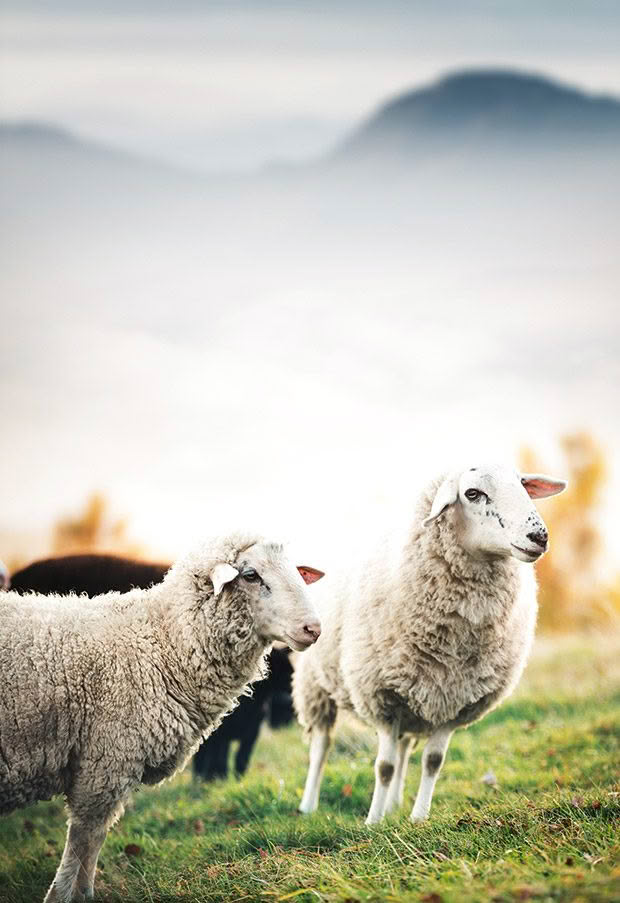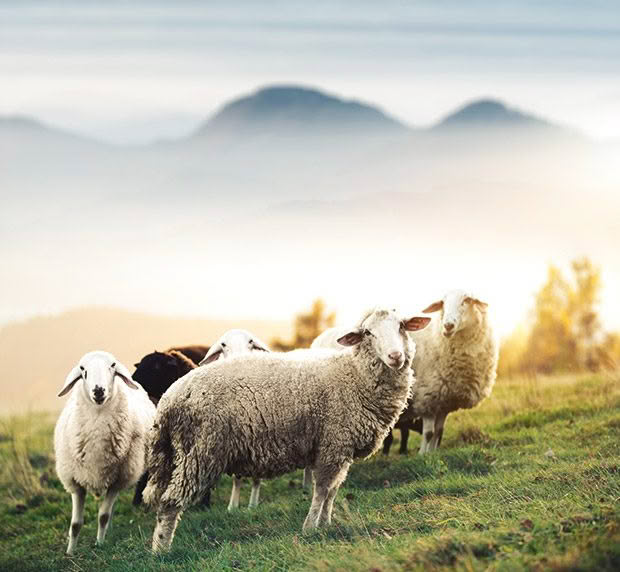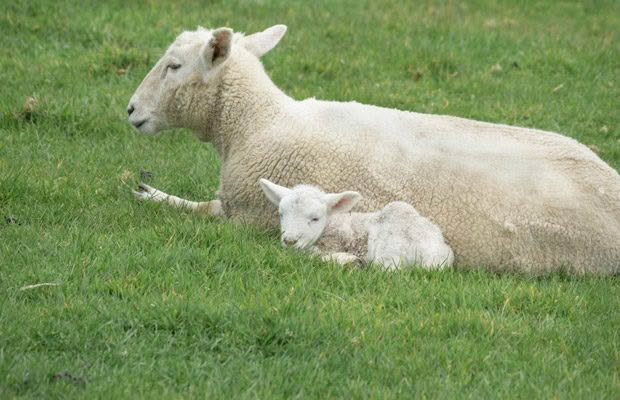11 tasks for caring for livestock this May (plus how to prepare for lambing)

Now is the best time to prepare for lambing season.
Words: Nadene Hall
GENERAL
Facial eczema may still be a risk. Check pasture spore levels and continue with zinc supplements if required.
CATTLE
Once zinc supplementation finishes, check your herd’s copper levels. Copper is affected by zinc, and stock may need a supplemental injection.
It’s tough to put weight on thin cattle over winter. Make a decision early on about what’s economical and best for animal welfare, rather than keeping too many stock through winter.
If you send stock to the works, ask your vet to organise liver sample tests to check for minerals and trace elements. Use this as a guide to supplement your remaining stock before calving.

Talk to your vet about leptospirosis vaccinations. It protects newborn calves and helps prevent humans from getting ‘lepto’, an often life-long, debilitating disease.
Cattle (other than calves) shouldn’t graze on pasture that’s at risk of pugging. If your block is wet through through winter, pugging damage to soil and subsequent pasture growth can be expensive to fix and take years.
GOATS
Trim and treat hooves: cut long or infected areas back to healthy hoof.
Build weather-proof shelters, so goats stay dry, and to help hooves to dry out.
Soak hooves regularly to help prevent footrot or scald (an infection of the skin between the toes). Mix a 10% zinc sulphate solution (1 part zinc sulphate to 10 parts water) and soak for 5-15 minutes. Use an old shower tray or a large fish bin/s so that you can do all four hooves at once.
SHEEP
Get sheep shorn now, before rain becomes more frequent, to give ewes time to regrow some fleece before winter.
Remove your ram from the flock. Drench him, give him extra good feed if he has lost weight, or get rid of him if you’re on limited pasture and no longer require his services.

6 WAYS TO PREPARE FOR LAMBING
1. Feed your ewes
Pregnant ewes need a body condition score of 2.5-3 out of 5. Separate thinner ewes and feed them extra, more often.
2. Get their nutrition right
Talk to your vet about what is the best feed (ie, high in energy, protein) and trace elements for your pregnant ewes.
3. Vaccinate
Talk to your vet about what booster vaccines are required.

4. Get your lambing kit ready
It should include a headlamp/torch, iodine, lubricant, long gloves, a bottle and nipple, a thermal blanket, and a thermometer. Talk to your vet about having doses of antibiotics, an energy supplement (eg, Ketol), and calcium.
5. Have an emergency colostrum supply
Freeze colostrum from your first lambing ewes and freeze it, in case you have an orphan. A lamb needs 200ml/kg in its first 24 hours.
6. Prepare an abortion protocol
Isolate ewes that abort from the flock. Use gloves to handle a dead lamb, and don’t let your dog or cat touch it. Put the body in a plastic bag, and place in a secure rubbish bin.
MORE HERE
10 farming tips for late autumn: Set up grazing, sell ewes that won’t earn their keep
 This article first appeared in NZ Lifestyle Block Magazine.
This article first appeared in NZ Lifestyle Block Magazine.
